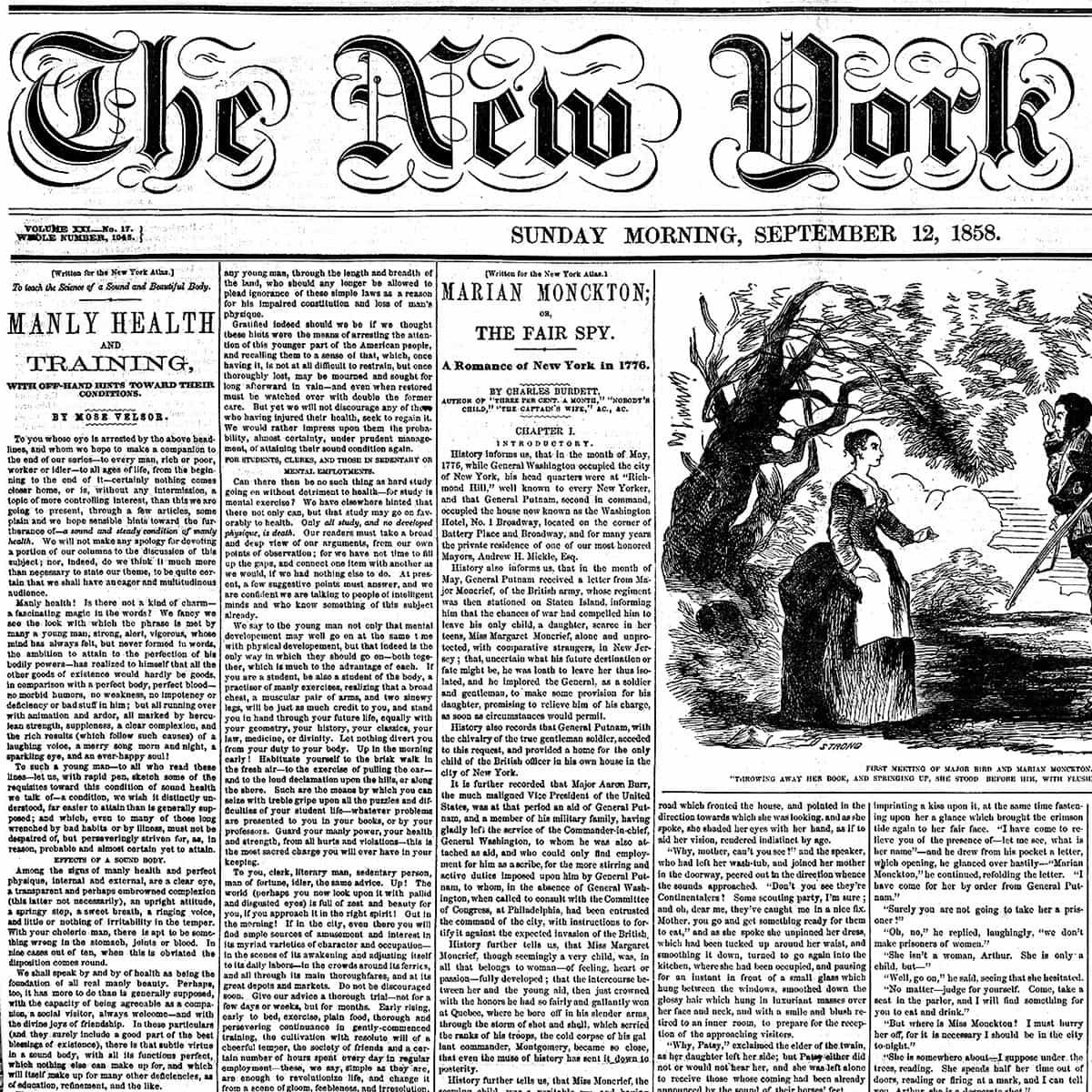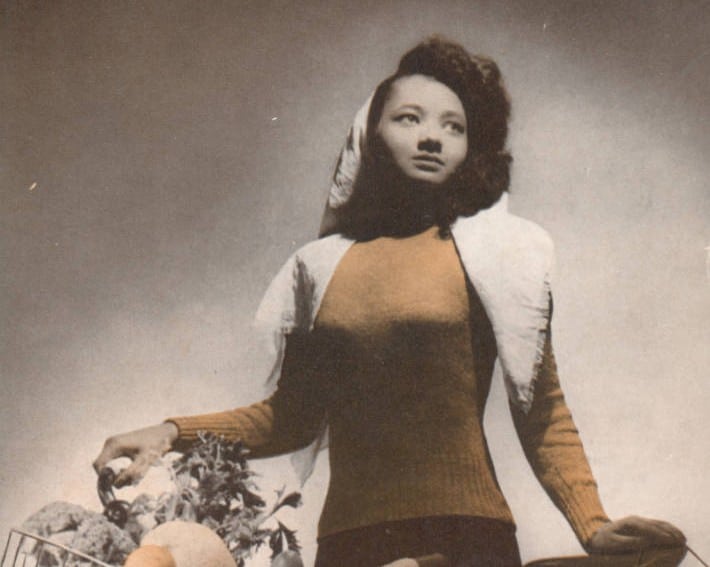In a blog post last week, I addressed Endangered Data Week and the history of political parties hiding, removing, or altogether abolishing public access to government documents. However, my post wasn’t alone in trying to shed light on this serious issue. In schools, universities, libraries, and classrooms across the world, hundreds of concerned people came together to bring awareness to the issueContinue reading “Saving Endangered Data: What Can Digital Humanists and Libraries Do?”
Category Archives: Iowa Research Online
Celebrating Women in Iowa’s Past
Today, in celebration of International Women’s Day, we reflect on the progress and many achievements that women, past and present, have made around the world. The origins of this day can be traced back to the early 1900s, marked by a strike for better working conditions for women in the garment industry. While the strike didn’t takeContinue reading “Celebrating Women in Iowa’s Past”
A Lapse in Time, Similarity in Action
This past week I had the opportunity to attend a lecture at the Englert Theatre featuring Patrisse Cullors, co-founder of the Black Lives Matter movement. Cullors’ activism was, in part, fueled by the final verdict of the State of Florida vs. George Zimmerman case. The controversial trial ended with George Zimmerman being found not guilty on all counts of second degreeContinue reading “A Lapse in Time, Similarity in Action”
When content goes viral: looking at the first 3 days of “Manly Health and Training”
On Friday, the Walt Whitman Quarterly Review (WWQR) published a previously unknown book-length work “Manly Health and Training,” by Walt Whitman, recently discovered by Zachary Turpin. (Read more about it in a previous post.) Minutes after it was published, The New York Times broke the story. (We couldn’t say anything until their story launched at aboutContinue reading “When content goes viral: looking at the first 3 days of “Manly Health and Training””
The Discovery of “Manly Health and Training”: Walt Whitman’s Long-Lost Guide to Getting the Body You’ve Always Wanted
In the third open-access issue of the Walt Whitman Quarterly Review (WWQR) Editor Ed Folsom and Managing Editor Stefan Schöberlein publish in full a newly discovered book-length work by the poet Walt Whitman entitled “Manly Health and Training.” Zachary Turpin, a PhD candidate in English at the University of Houston, recently discovered “Manly Health and Training,”Continue reading “The Discovery of “Manly Health and Training”: Walt Whitman’s Long-Lost Guide to Getting the Body You’ve Always Wanted”
Women, Scholarship, & DIY History
Earlier this week, the Studio launched Scholarship@Iowa, a curated set of pages promoting scholarly archives related to historically underrepresented groups. To introduce that initiative I wrote a blog post touting the merits of these archives and their ability to help us see ourselves as a part of longstanding tradition of excellence and discovery at theContinue reading “Women, Scholarship, & DIY History”
Scholarship@Iowa: celebrating diversity in the archives
We in the Digital Scholarship & Publishing Studio are reminded – daily – of the incredible digitized material held in our archives. Letters, dissertations, scrapbooks, newspapers, photographs spanning hundreds of years can be found in places like the Iowa Digital Library and Iowa Research Online. These collections and this scholarship remind us of who has passed throughContinue reading “Scholarship@Iowa: celebrating diversity in the archives”
Iowa Research Online DH Salon
The first DH Salon for spring 2016 was about Iowa Research Online (IRO). IRO is not a DH specific tool; we use it to publish, archive, and freely disseminate output of the University community. It has been primarily used for textual scholarship and creative works, but it also includes audio, video and data. IRO includesContinue reading “Iowa Research Online DH Salon”
Update to Use of Digitized Theses
Last year, we looked at use of our digitized theses. We decided that a bit more than a year had passed so it was time to look at these items again. The collection has grown modestly to 258 theses and dissertations. These PDFs have been downloaded almost 55,000 times total (an average of 213.2 times each),Continue reading “Update to Use of Digitized Theses”
Whitman, Iowa Review and Dada in Romania
One of the things we do in the Digital Scholarship and Publishing Studio is support locally published journals. The journals which we publish/host are part of Iowa Research Online. During Open Access Week in October, there were several noteworthy additions/changes. Walt Whitman Quarterly Review became fully open access. We have published the journal in partnership with theContinue reading “Whitman, Iowa Review and Dada in Romania”




